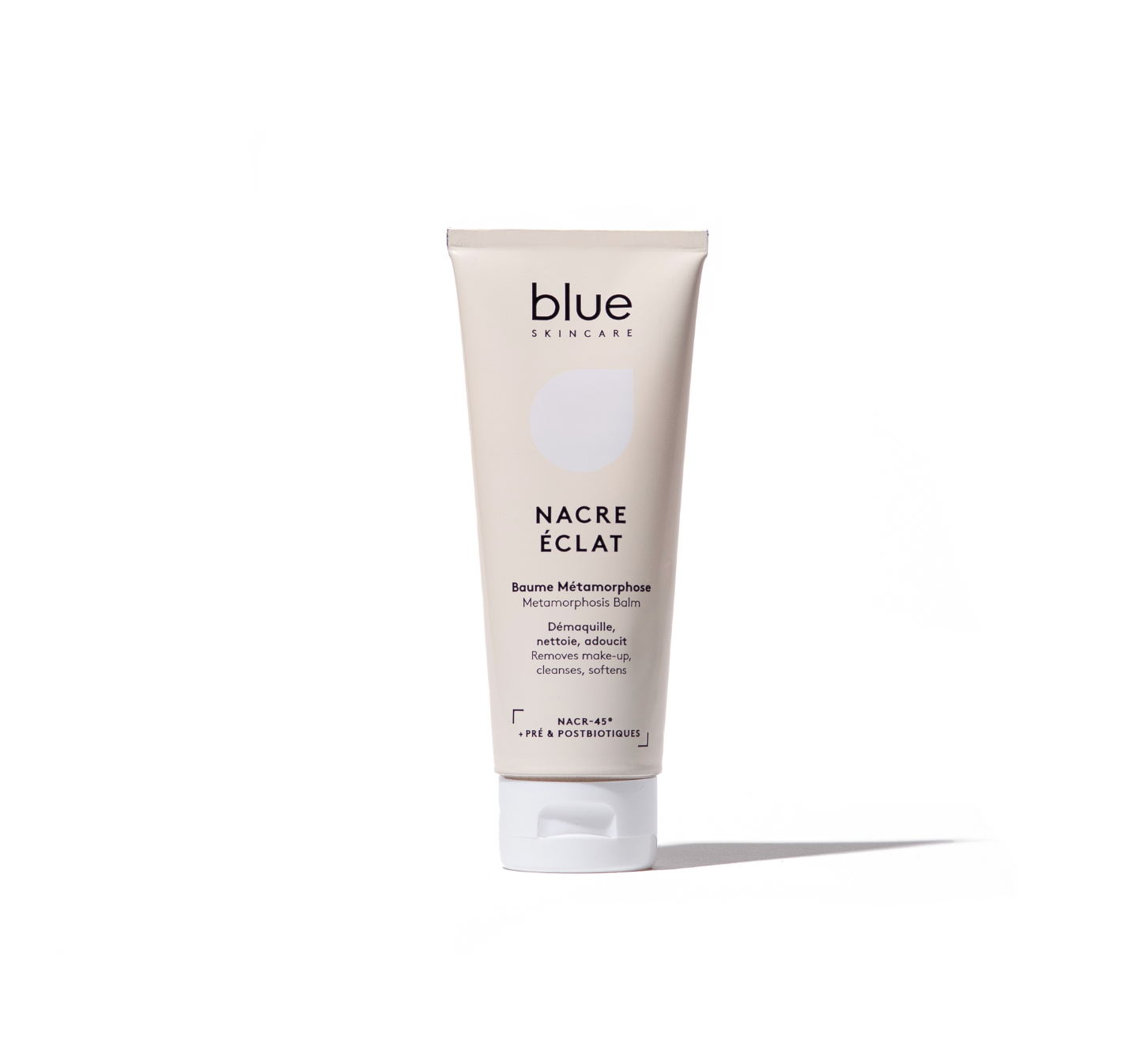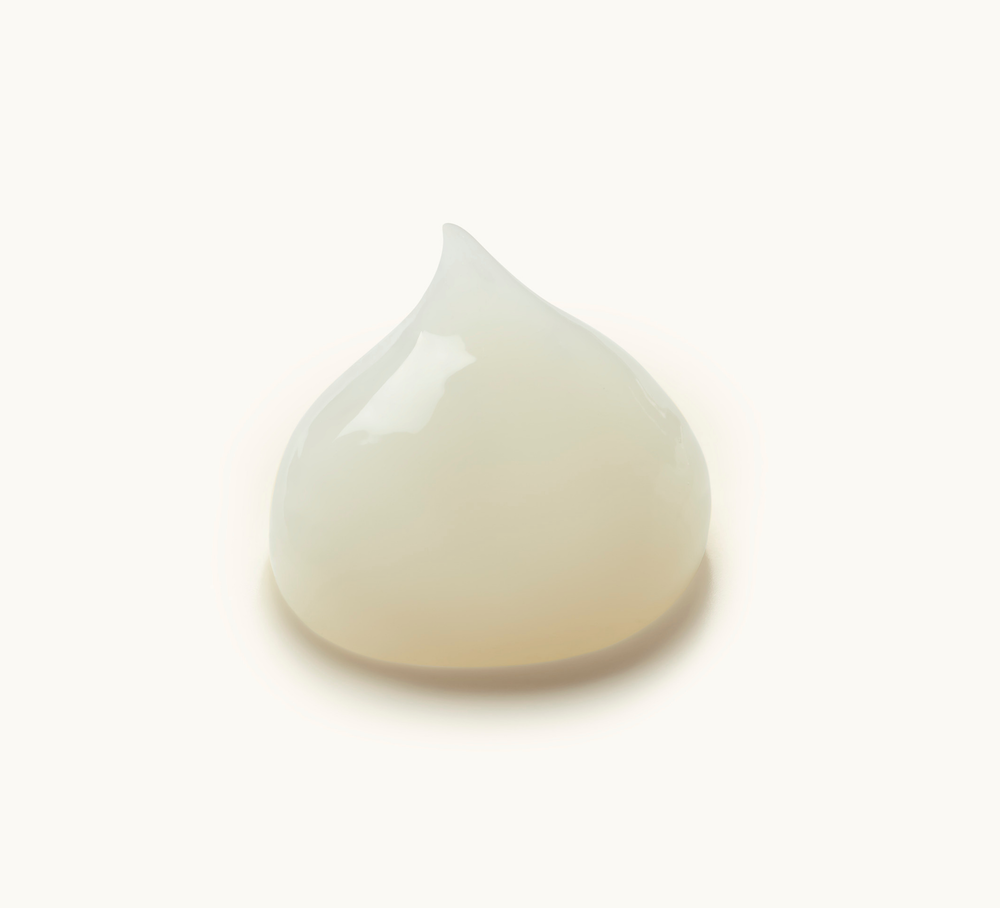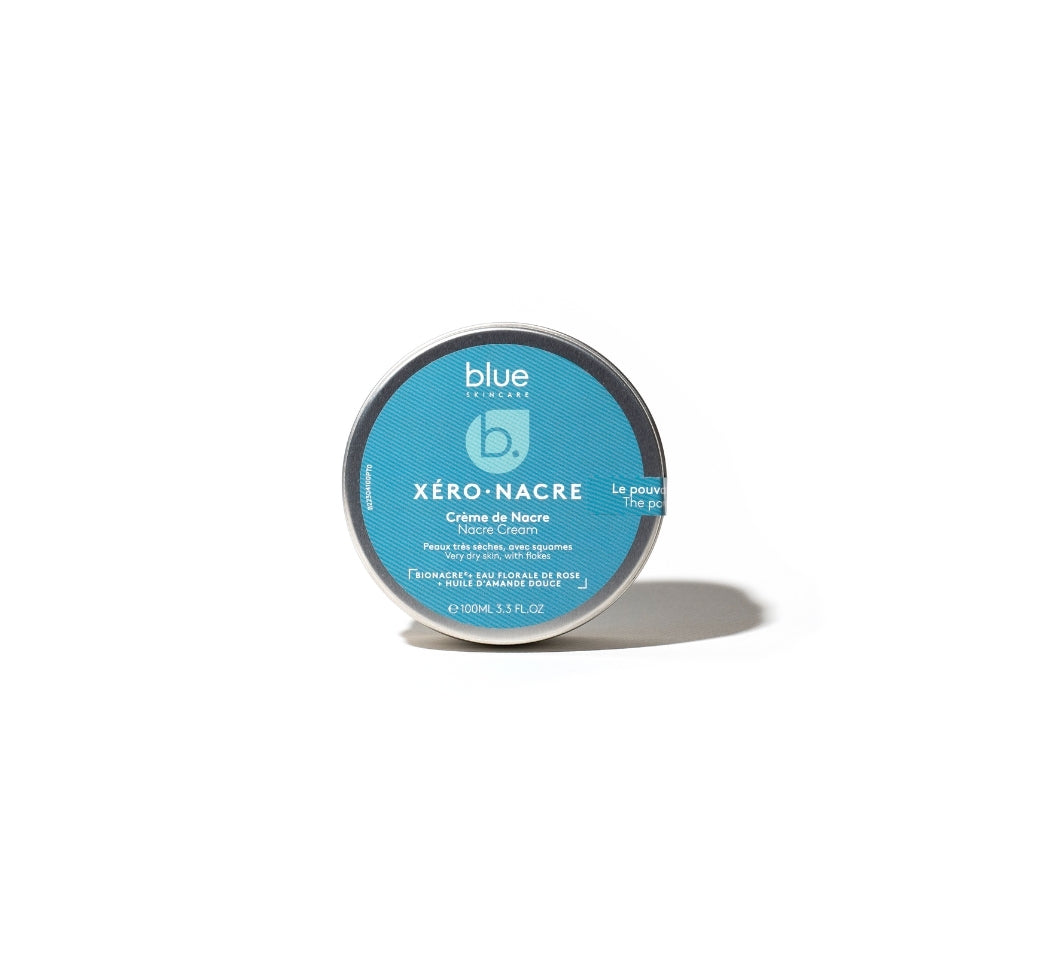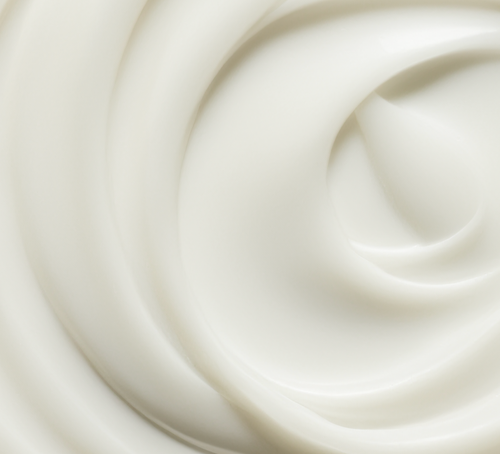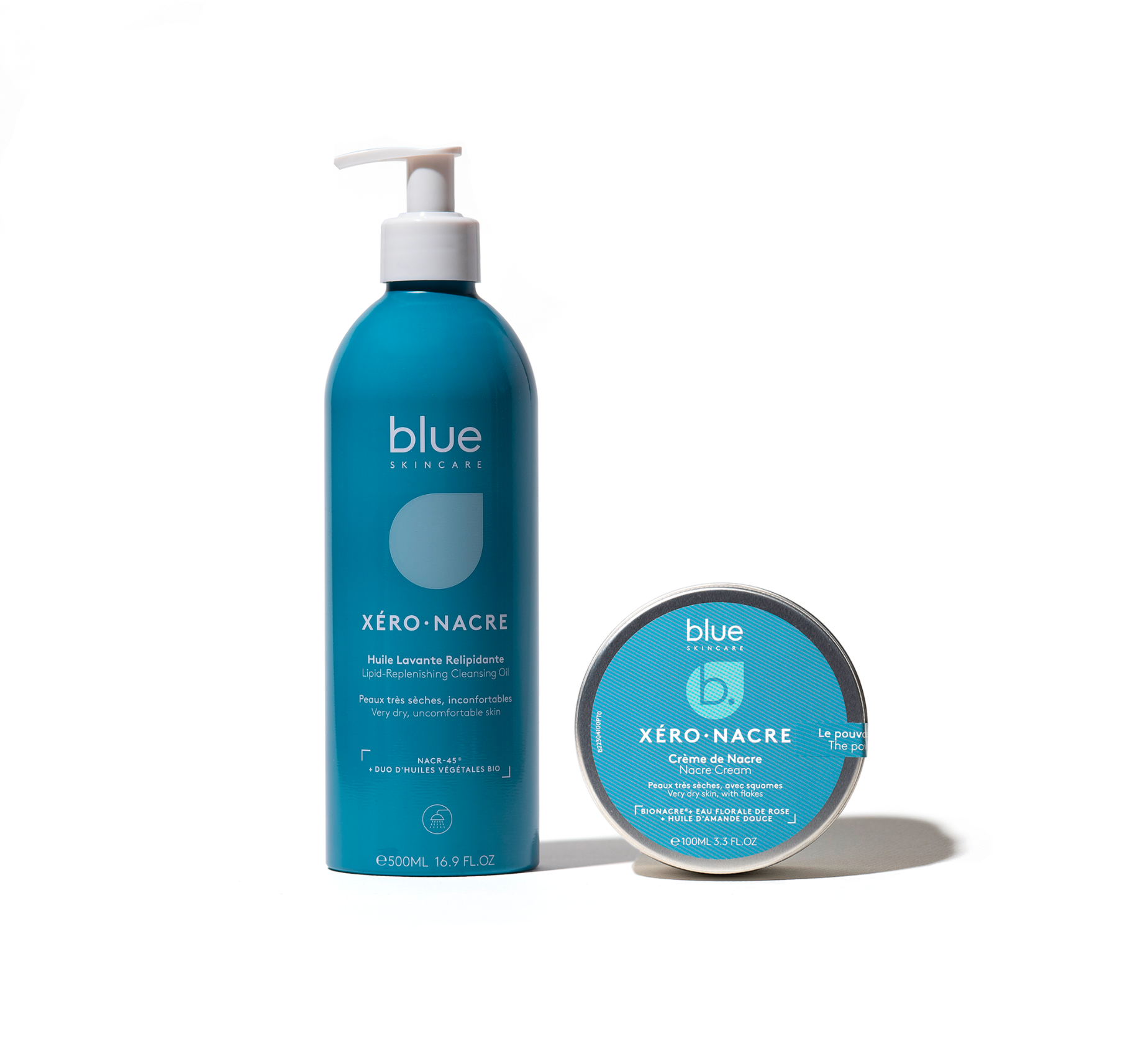This site has limited support for your browser. We recommend switching to Edge, Chrome, Safari, or Firefox.
★★★★★ 4.9/5 ( +900 verified reviews )
Free shipping on orders over 50€ in France
Rated "Excellent" on Yuka
Up to 40% off the entire BLACK WEEK selection!
Basket
0
Congratulations! Your order qualifies for free shipping
More than 50€ to benefit from 5% off.
No more products available for purchase
Products
Pair with
Your Cart is Empty
